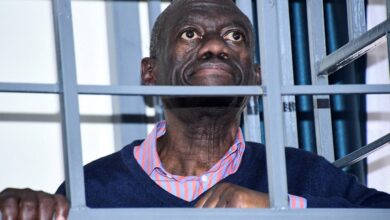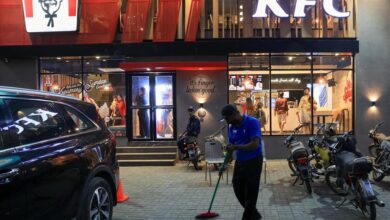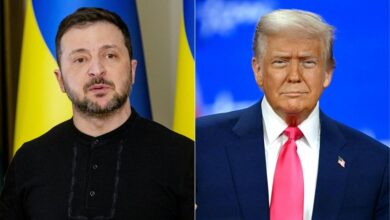Security Lapses at Trump Rally Reveals That Gunman Used Drone for Surveillance

News Mania Desk/Agnibeena Ghosh/20th July 2024
Thomas Matthew Crook, the gunman who attempted to assassinate U.S. presidential candidate Donald Trump, utilized a drone to survey the Pennsylvania fairgrounds prior to the incident, according to law enforcement officials quoted by The New York Times. This revelation underscores significant security lapses at Trump’s ill-fated rally.
Crook reportedly visited the rally site on July 7, six days before the shooting, and returned on the morning of the attack. Geolocation data from one of his two cellphones confirmed these visits. The Secret Service, which typically prohibits drones over secured areas, has not clarified whether this protocol was enforced during the Trump rally.
On the Saturday of the attack, the 20-year-old assailant used a drone to capture footage of the Butler Farm Show grounds, following a preprogrammed flight path. Authorities discovered the drone in Crook’s car after he was neutralized. Notably, the Secret Service did not employ drones for surveillance at the event, raising questions about the adequacy of security measures.
Despite the advanced planning and technological use by Crook, the motive behind his assassination attempt on Trump remains unclear. School friends described Crook as smart and quiet, and officials noted that he began surveying the rally site shortly after the Trump campaign announced the event on July 3. Crook registered for the event on July 7, adding another layer of premeditation to his actions.
The use of drones for surveillance by Crook highlights a critical vulnerability in security protocols. While drones are banned in certain secured areas, the enforcement of this prohibition is evidently inconsistent. This lapse allowed Crook to gather intelligence on the rally location, undetected by the authorities.
The incident has drawn widespread attention and criticism. Security experts are questioning the Secret Service’s preparedness and response to potential drone threats. The use of drones in public spaces, especially for nefarious purposes, poses a significant challenge to security agencies tasked with protecting high-profile individuals and large gatherings.
This incident is not isolated, as drones have increasingly been used in various malicious activities, from smuggling contraband into prisons to conducting reconnaissance for criminal operations. The ability of drones to evade detection and capture detailed footage makes them a formidable tool for those with ill intentions.
In the wake of the assassination attempt, there is an urgent call for improved security measures at public events. This includes the use of counter-drone technology to detect and neutralize unauthorized drones. Enhanced training for security personnel on the latest technological threats is also essential to prevent similar incidents in the future.
Law enforcement agencies are continuing to investigate Crook’s background and potential motives. Understanding his reasons for targeting Trump could provide valuable insights into preventing future threats. In the meantime, the focus remains on closing the security gaps that allowed this attack to occur.
The attempted assassination of Donald Trump by Thomas Matthew Crook serves as a stark reminder of the evolving nature of security threats. As technology advances, so too must the strategies and tools used to safeguard public figures and events. The integration of counter-drone measures and vigilant enforcement of existing protocols are critical steps in adapting to this new security landscape.






